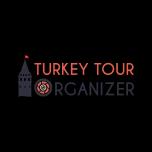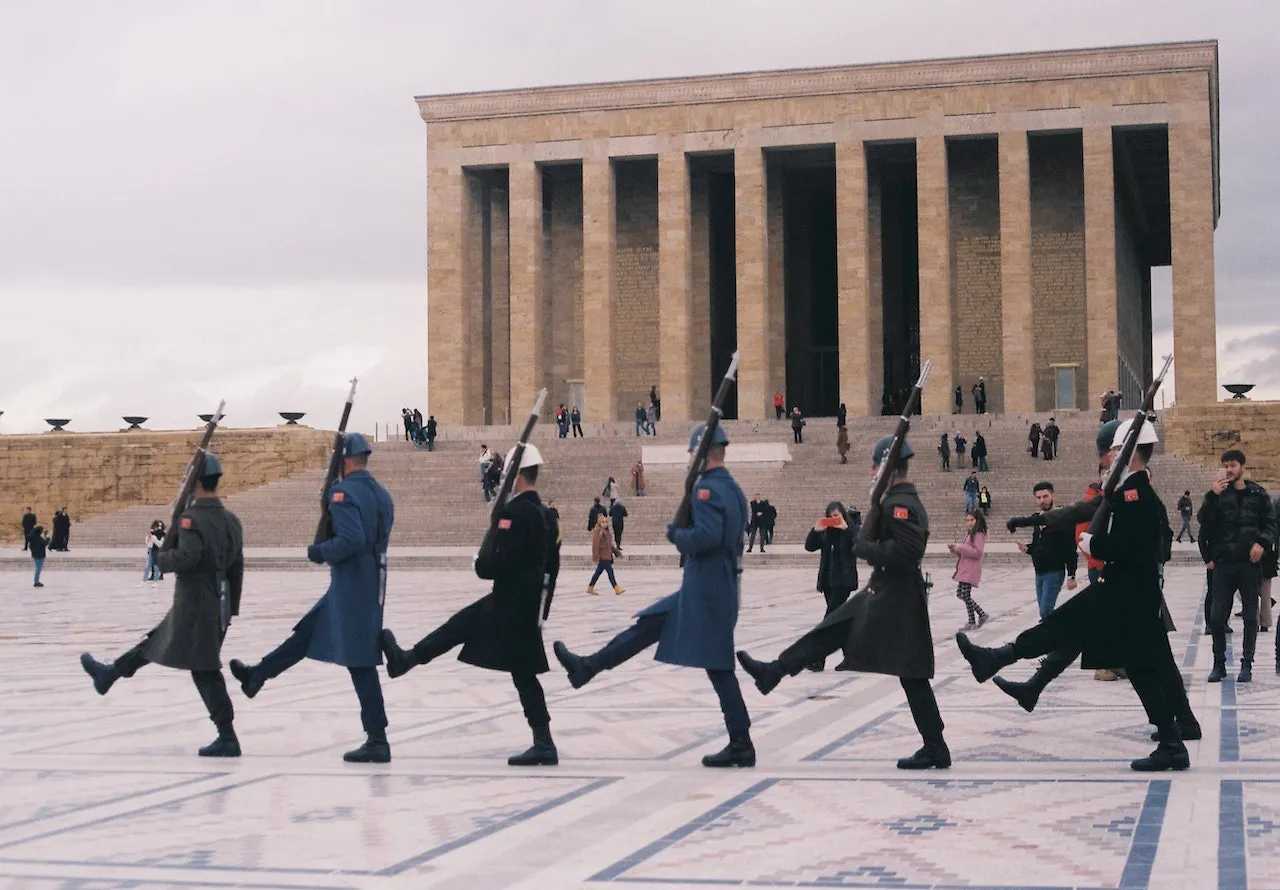

Did you know about Turkey?
Did You Know About Turkey?
There are 19 attractions on the UNESCO list from Turkey. Istanbul, Cappadocia, Hattusa, Divrigi Mosque and Hospital, Bursa & Cumalikizik, Pamukkale - Hierapolis, Pergamon, Ephesus Ancient City, Troy, Mount Nemrut, Xanthos – Letoon, Safranbolu, Selimiye Mosque, Diyarbakir Fortress and Hevsel Gardens, Ani Ancient City, Gobeklitepe, Arslantepe, Aphrodisias and Catalhoyuk are among them.
The biggest and the oldest known temple of the world is Gobeklitepe, and it is in Sanliurfa city of Turkey.
The oldest landscape painting of the world was found in Catalhoyuk, and it is about 8500 years old. It was painted on a wall and is depicting the eruption of the Hasan volcanic mountain.
One of the first universities of the world is Harran, and it is located nearby Sanliurfa.
Istanbul, is the only city on Earth established on two continents; Europe and Asia.
There are 189 Natural, Historical and National Parks in Turkey.
Catalhoyuk is the oldest known settlement of Turkey with nine thousand years of history.
World famous silk Hereke carpets are made in Kocaeli, Turkey.
The first church of the world (St. Peter’s) was built in Antakya, Turkey.
Father of the holy religions Abraham was born in a cave in Sanliurfa, Turkey.
The oldest sculpture globally is around thirteen thousand years old, and it is in Sanliurfa city.
86 carats Kasikci diamond is located in Topkapi Palace in Istanbul.
Mount Ararat is believed to be the final resting place of Noah's Ark, which is located in Eastern Turkey.
People in Turkey still make Asure, which is believed to be the last course served in the Noah’s Ark on certain religious days.
St. Paul the Apostle was born in Tarsus, Turkey.
You can easily see Crystal flakes with bare-eyes in the Erzurum-Kars region of Turkey.
The First Ecumenical Council was held in Iznik, Turkey.
Female goddesses dominated the Central Anatolian pantheon for thousands of years before these supernatural powers were transferred to male gods.
The Van cat is famous with its two-colored eyes, and it is named after the city of Van located in Eastern Turkey.
Alexander the Great cut the intricate Gordian knot at the Phrygian capital Gordion, which is located nearby the capital of Turkey; Ankara.
The most valuable silk carpet in the world is in the Mevlana Museum in Konya.
Capital cities of 3 major empires: the Hittite Empire at Hattusa, the Phrygian Empire of King Midas at Gordion, and the Seljuk Empire at Konya are all located in the Center of Anatolia.
Once upon a time, the Million Stone at Sultanahmet Square was considered the zero point of the world.
Cappadocia region is among the oldest places of the world where ancient winemaking continues since the 4th Millennium BC.
The sarcophagus of Alexander the Great and the first peace treaty in the world are in the Istanbul Archaeological Museum.
The Hagia Sophia of Constantinople was the biggest cathedral in the world for hundreds of years and is still the 4th biggest.
The first bridge from Europe to Asia across the Bosporus of Istanbul was built by the Persians in the 4th Century BC.
Constantinople was founded on seven hills like Rome.
Cappadocia region has the largest number of cave churches in the world.
The earliest domesticated wheat, Einkorn, can still be found growing wild in Turkey.
Three of the greatest Fathers of the Orthodox Christian Church; Saint Basil, Saint Gregory of Nazianzus, and Saint Gregory of Nyssa, were all Cappadocian.
Pottery has been made in Avanos for the last 10,000 years.
Saint George the dragon slayer was born in Cappadocia, and the Crusaders spread his fame to Europe on their journey home.
Cappadocia region houses more underground cities than anywhere else in the World.
St. Nicholas, also known as Santa Claus, was born in Demre, on Turkey's Mediterranean Coast.
The Best preserved Roman Theater is located in Aspendos, Antalya.
The Virgin Mary spent her last years on Mount Bulbul on the west coast of Turkey nearby Ephesus.
Some of the historically important figures such as Homer, King Midas, Herodotus (the Father of History) were born in Anatolia.
The legendary Trojan War took place in Çanakkale, Turkey.
Aristotle thought in Assos, nearby Troy.
Two of the seven wonders of the world are located in Turkey. One is the Temple of Artemis nearby Ephesus Ancient City and the other is the Mausoleum of Halicarnassus in Bodrum city.
Seven Churches of Revelation are all in the Aegean Region of Turkey. They are Ephesus, Sardis, Thyatira, Pergamon, Philadelphia, Smyrna and Laodicea.
The world's greatest amphora and glass collection is in Bodrum Underwater Archeology Museum in Bodrum Castle.
The Virgin Mary's house was visited by Pope Leo XIII in 1896, Pope Paul VI in 1967, Pope Jean-Paul II in 1979, and Pope Benedict XVI in 2006.
The first coin was made in the capital of the Lydians called Sardis, which is located out of Salihli city of Turkey.
Julius Caesar proclaimed his celebrated words, "Veni, Vidi, Vici (I came, I saw, I conquered)" in Zile, Tokat when he defeated the Pontus; a formidable kingdom in the Black Sea region of Turkey.


